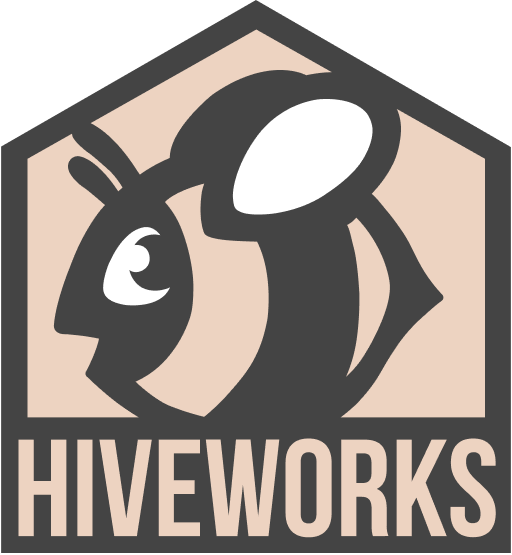
When I meant King of the World, did you think I was gonna talk about Alexander?????
Man, drawing this took way longer than I thought. It looks simple, but it isn't lol.
It's an interesting challenge to adapt a historical arts sensibility into a modern sequential format for the first time. I know there are some people who would argue that ancient Egyptian wall art is an early form of sequential arts, but one has to be careful about that argument if they mean it seriously (and not in this casual-joking "OMG it's comics" manner at every visual narrative instance). It is a form of narrative, yes, in the sense that it's an illustration that conveys a meaning - and that's where I would draw that relationship to comics. But in terms of visuals moving in a particular direction sequentially, and making dynamic use of the time + space effect on a static surface to build up narrative via each panel, ancient Egyptian wall art isn't... exactly like that. To put it in more chronologically closer terms, it's like trying to adapt a book illustration into comics. They are two totally different modes of visual narrative.
Anyway for this page I had make that adaptation. I chose the painted ancient Egyptian style (rather than reliefs) for nearly the same reason I went with the Kersch style of ancient Greek pottery painting: it was prettier, and presented more opportunities for colour as well as for showing the hand behind the drawings. Just as with modern interpretations of Greek art, I noticed that some artists interpreted the ancient Egyptian style as very geometric and stiff. There is correctly more straight, curvilinear linework than the wobbly ancient Greek art, but it isn't at all mechanical.
The left page is closer to the "illustration" mode, and typical of how an ancient Egyptian wall painting would be received. The right page is when the "comics" mode takes over, at the point where the guy leans in to whisper to Nectanebo. Whatever visual sequential phenomenon is happening between the top and bottom parts of the right page is not ever a thing you'd encounter in ancient Egyptian art.
Footnotes
The hieroglypics are the 5 royal titles of Nectanebo II. Depending on how they are aligned, they are read from left to right, and top to down. I am not using the right to left direction because this entire webcomic is read left to right. The one next to 'Pharaoh Nectanebo II' is his throne name.
Left page
Depicts the wealth and legacy of Nectanebo II. He was known for commissioning a lot of buildings.
The tools of the artist: a painter's palette, paint colours.
The process of making papyrus paper (video) (article)
The workshop of craftsmen, based on the one in the tomb of Nebamun and Ipuky.
The Dream of Nectanebo (papyrus fragment): Nectanebo was scolded by Isis on behalf of Onirus to finish building the god's temple, so he commissioned a sculptor to complete it. But the sculptor stiffed him, drinking wine and chasing after girls.
A hunter chasing after river birds, based on the fowling scene in tomb of Nebamun (one of my favourites)
Right page
Nectanebo's character design was based on this stone relief (Met Museum, Nectanebo II Offers to Osiris Hemag 12.182.4c), and on some of sculptures attributed to him.
-
The framing and temple elements are based on the East Wall, South Side of Nakht's Offering Chapel

Where to find me:



Newsletter
Follow the 21st century graphic novel retelling of the Alexander Romance, a
historical-fantastical
account about the life,
deeds and legends of Alexander the Great. Never miss a single update.
Privacy policy

